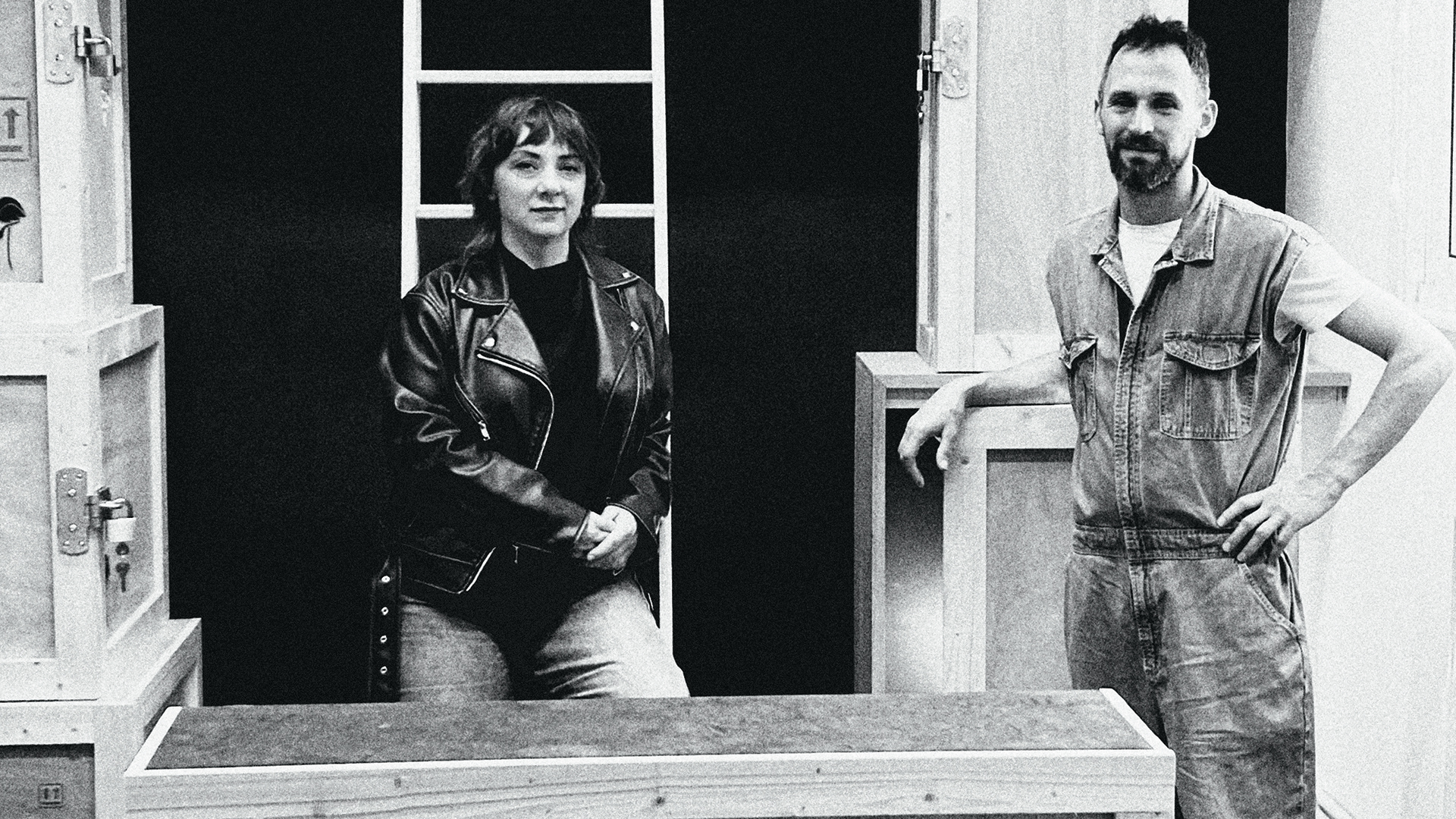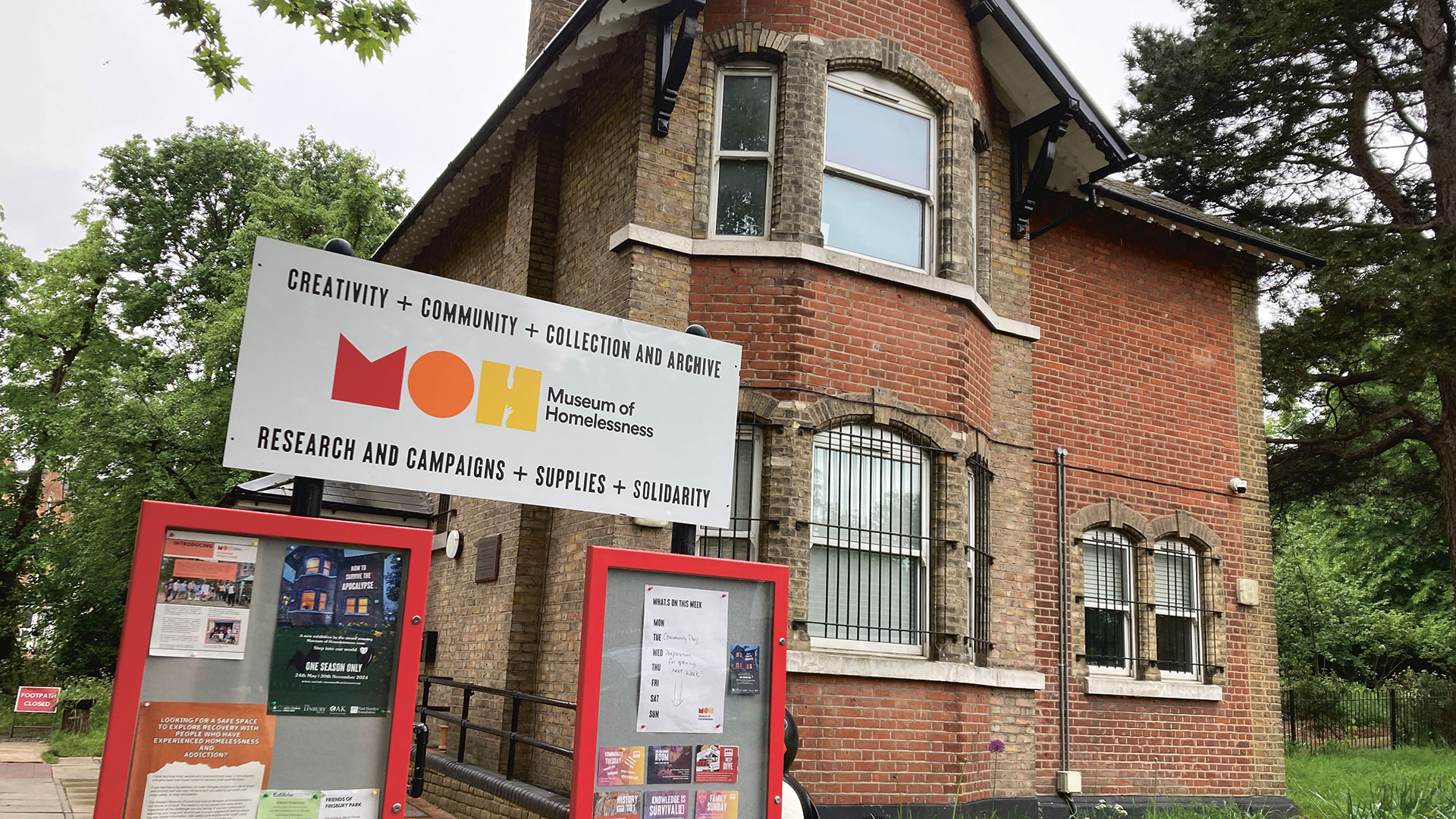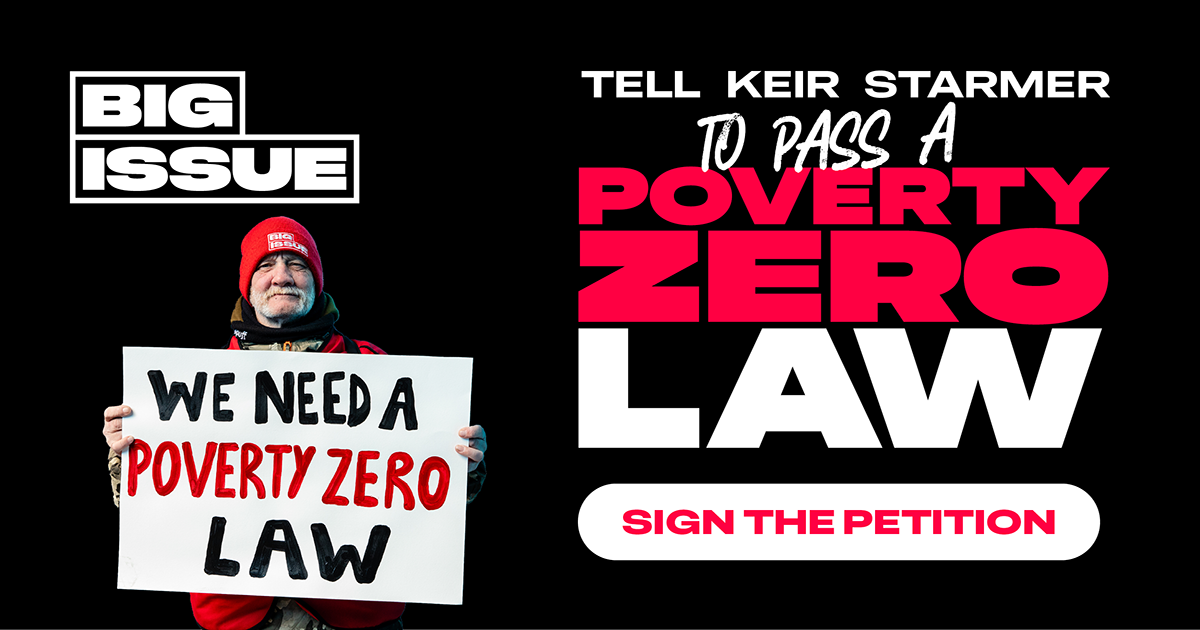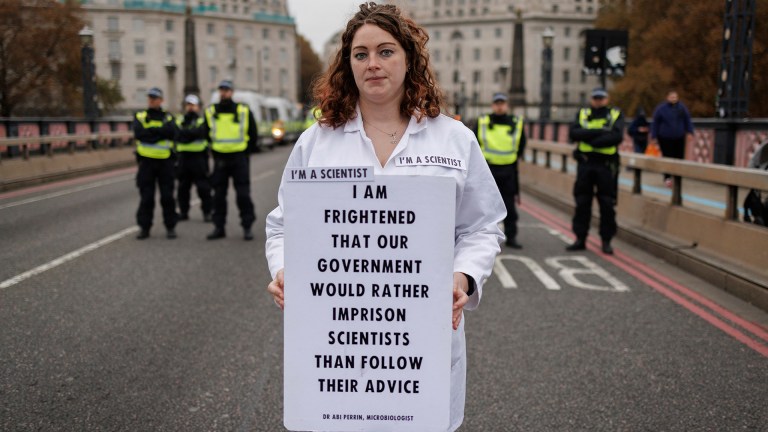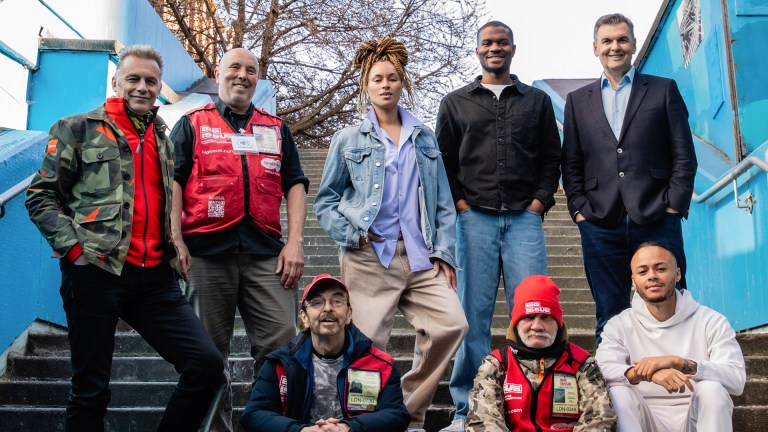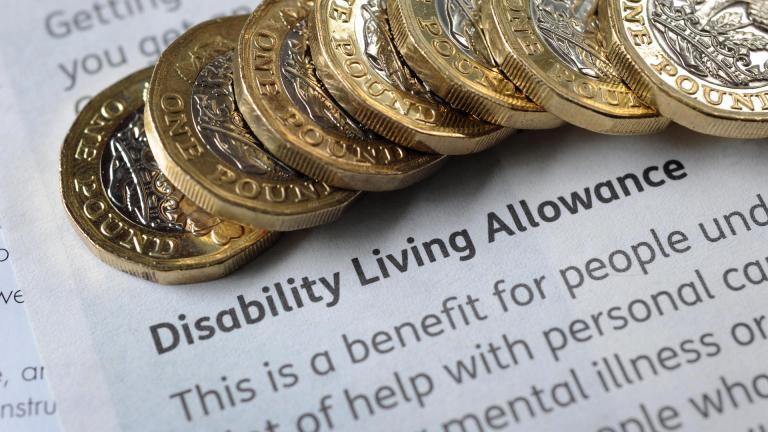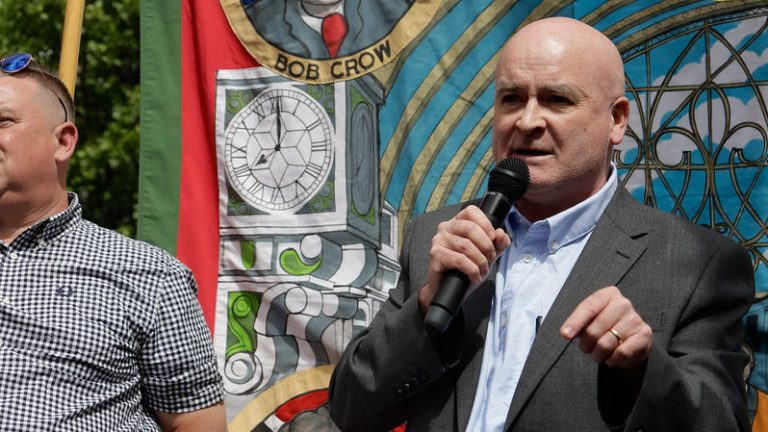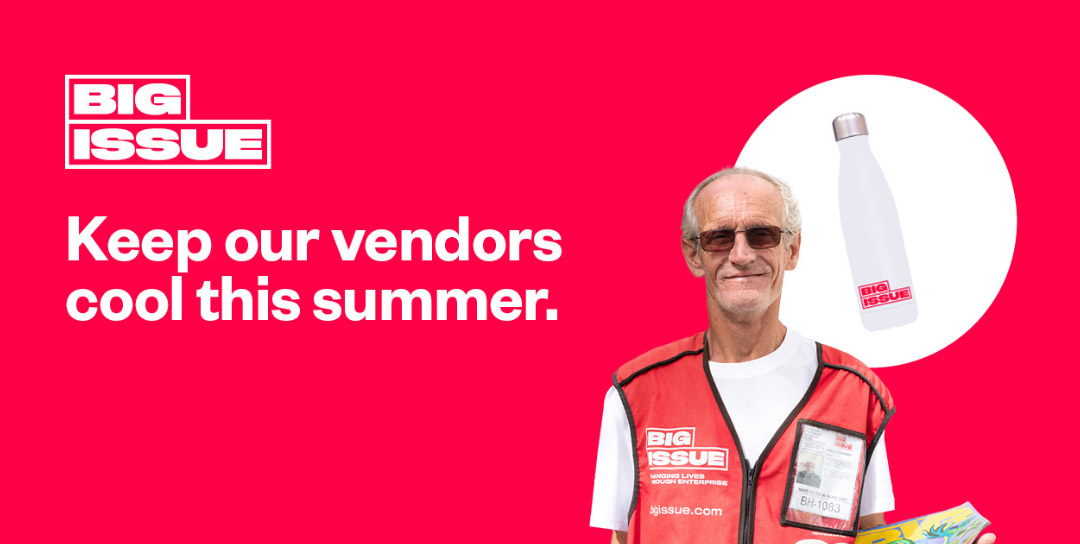Our opening show, How to Survive the Apocalypse, shared objects and stories from our collection to show how people who are homeless have skills, talent and the ability to survive troubled times. Our artistic work attempts to reframe the mainstream perceptions of people who are homeless as victims, or people to be afraid of. We know there is talent, warmth, wisdom and ingenuity in the community and we share that with our visitors who come on site.
Our opening show was tongue in cheek but also honestly it isn’t. As I write, we are watching with horror the events unfolding in the US and considering what it means for our community. We are making plans for what we do in the event of a hard-right win here in 2029. All community organisers and leaders should be doing the same.
Over the last few years, we have monitored the activity of the Tufton Street think tanks and the links between the American conservative right and UK policy makers and legislators. Why? Because they represent a direct threat to our community. Project 2025, currently being rolled out in the US, is bad news for homeless people.
Criminalising homelessness and shipping people out to large ‘camps’ outside of the cities should be the stuff of dystopian nightmare, but unfortunately it is all too close to reality right now.
In our own independent research and investigations we see the direct links between The Heritage Foundation, architects of Project 2025, and UK legislation such as the Police, Crime, Sentencing and Courts Act 2022. This legislation leads to things like sweeps, destruction of belongings and harassment of street homeless people.
In the US recently, Fox News blamed people experiencing homelessness for the LA wildfires. This type of scapegoating is likely to increase as things get worse. The disinformation channels will keep cranking up, causing division and hatred at a time we need to be looking out for each other.
Advertising helps fund Big Issue’s mission to end poverty
So what can we do? Firstly, we should learn from what is happening in the US and prepare. We are taking steps to bolster our community and our organisation for further political and economic shocks in the coming years. Resourcing means supplies (for example our solidarity cupboard in the museum where people can collect tents, sleeping bags and socks) but it also means equipping ourselves with better ways to process trauma and respond to crisis. We have spent the last five years upskilling seven of our crew in training and development to do exactly that.
Resourcing also means taking care of our histories, stories, culture and narratives. As an independent knowledge institution we are collecting our own histories and keeping material safe and accessible. Watching the destruction of national records in the US makes us think that MoH’s archive and collection may become even more important than we ever imagined as the years pass by.
Building networks is key. When the pandemic hit, we already had strong grassroots networks and we were able to mobilise a homeless taskforce in days. More recently, when the Home Office started making people street homeless when they got their papers, we responded in Haringey with the council’s refugee team and Haringey Welcome (a local grassroots group supporting people in the immigration system).
We raised a community pot to sort people’s housing. This has housed 17 people in the last few months. Civil servants are also at threat and our creative communities of resistance should include not only artists, journalists, archivists and activists but also healthcare, social care and policy professionals who hold the right values.
To effectively respond to the threats we are facing, we need to build those creative communities of resistance now. This need not be as grim as it sounds. On our site you will find the kind of community action that we think is the answer to the seismic shifts we are experiencing and there is a lot of joy in it. As we write, the museum is in winter mode, where it becomes an emergency shelter among other things, but we are reopening in April. To mark this, we have planted out 2,000 daffodils, 2,000 snowdrops and 1,000 English bluebells.
We are preparing new object stories for our visitors which challenge disinformation and tell direct, unfiltered stories of homelessness. We are launching SHIFT, a trauma conscious leadership programme for people working in homelessness. We continue to investigate climate emergency and homelessness systems, while creating a site that is a safe haven in the storm.
Advertising helps fund Big Issue’s mission to end poverty
We are looking forward to welcoming our visitors back and bringing more people into our creative community of resistance. This is something I think my dad would be pleased is still happening in London 60 years later, and is work that I am proud to continue.
People can visit the museum on Thursdays, Fridays and Saturdays from 16 April. Please check the MOH website for more information and to book. People interested in applying for SHIFT can email us to be added to the list for applications.
Do you have a story to tell or opinions to share about this? Get in touch and tell us more. Big Issue exists to give homeless and marginalised people the opportunity to earn an income. To support our work buy a copy of the magazine or get the app from the App Store or Google Play.
